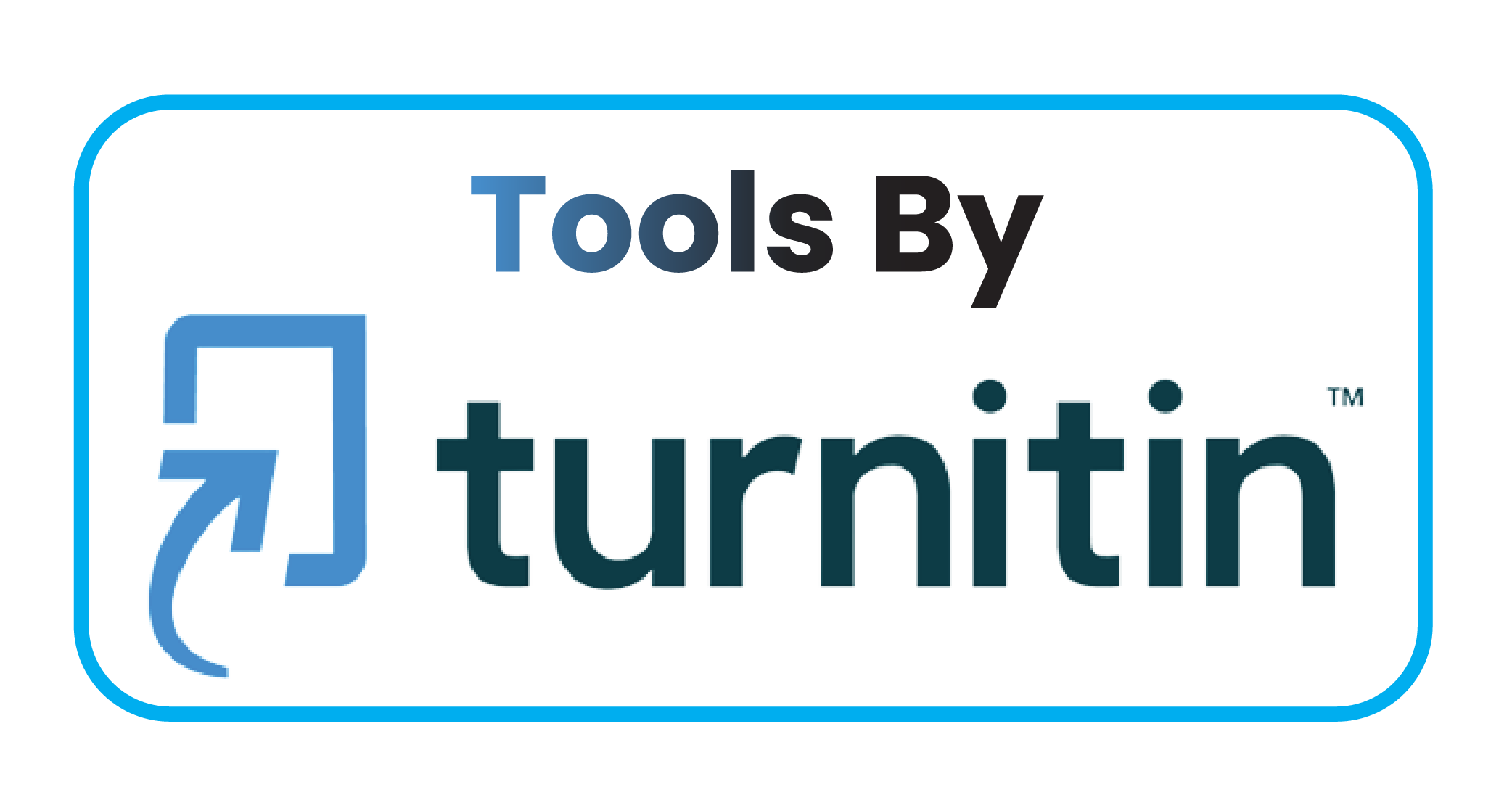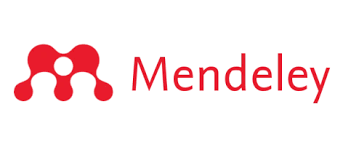Assessment of the level of student understanding in the distance learning process using Machine Learning
DOI:
https://doi.org/10.59888/ajosh.v2i6.272Keywords:
Artificial Intelligence, Machine Learning, Teknik association, Teknik KlasifikasiAbstract
As technology develops, data mining technology is created which is used to analyse the level of understanding of students. This analysis is conducted to group students according to their ability to understand and master the subject matter. This research can provide guidance and insight for educators, as well as artificial intelligence, machine learning, association techniques, and classification techniques. Researchers and policymakers are working to optimise learning and improve the quality of student understanding. This study aims to analyse the level of student understanding in simple and structured terms. Using the Machine learning method to analyse the level of student understanding has the potential to impact the quality of education significantly. In addition, machine learning categories are qualified to be applied to the concept of data mining. The data mining techniques used are association and classification. Association techniques are used to determine the pattern of distance student learning. The following process of classification techniques is used to determine the variables to be used in this study using the Logistic Regression model where data that have been classified are grouped or clustered using the K-Means algorithm into three, namely the level of understanding is excellent, sound, and lacking, based on student activity, assignment scores, quiz scores, UTS scores, and UAS scores.
References
Al-Azawei, A., & Alowayr, A. (2020). Predicting the intention to use and hedonic motivation for mobile learning: A comparative study in two Middle Eastern countries. Technology in Society, p. 62, 101325. https://doi.org/10.1016/j.techsoc.2020.101325
Anars, M. G., Munaris, M., & Nazaruddin, K. (2018). Kritik Sosial dalam Kumcer Yang Bertahan dan Binasa Perlahan dan Rancangan Pembelajarannya. Jurnal Kata: Bahasa, Sastra, Dan Pembelajarannya, 6(3 Jul).
Azzahra, N. F. (2020). Mengkaji hambatan pembelajaran jarak jauh di Indonesia di masa pandemi covid-19.
Bubb, S., & Jones, M.-A. (2020). Learning from the COVID-19 home-schooling experience: Listening to pupils, parents/carers and teachers. Improving Schools, 23(3), 209–222.
Halim, C., & Prasetyo, H. (2018). Penerapan Artificial Intelligence dalam Computer Aided Instructure (CAI). Jurnal Sistem Cerdas, 1(1), 50–57.
Herliandry, L. D., Nurhasanah, N., Suban, M. E., & Kuswanto, H. (2020). Pembelajaran pada masa pandemi covid-19. JTP-Jurnal Teknologi Pendidikan, 22(1), 65–70.
Huang, Y., Gupta, S., Song, Z., Li, K., & Arora, S. (2021). Evaluating gradient inversion attacks and defences in federated learning. Advances in Neural Information Processing Systems, pp. 34, 7232–7241.
Kim, S., Chen, J., Cheng, T., Gindulyte, A., He, J., He, S., Li, Q., Shoemaker, B. A., Thiessen, P. A., & Yu, B. (2019). PubChem 2019 update: improved access to chemical data. Nucleic Acids Research, 47(D1), D1102–D1109.
Merliana, N. P. E. (2015). Perbandingan metode K-Means dengan fuzzy C-Means untuk analisa karakteristik mahasiswa berdasarkan kunjungan ke perpustakaan (Studi kasus Sekolah Tinggi Agama Hindu Negeri Tampung Penyang Palangka Raya). UAJY.
Rochmawati, D. R., Arya, I., & Zakariyya, A. (2023). MANFAAT KECERDASAN BUATAN UNTUK PENDIDIKAN. Jurnal Teknologi Komputer Dan Informatika, 2(1), 124–134.
Sidik, A. D. W. M., Kusumah, I. H., Suryana, A., Artiyasa, M., & Junfithrana, A. P. (2020). Gambaran Umum Metode Klasifikasi Data Mining. FIDELITY: Jurnal Teknik Elektro, 2(2), 34–38.
Wahyudi, A., Assyamiri, M. B. T., Al Aluf, W., Fadhillah, M. R., Yolanda, S., & Anshori, M. I. (2023). Dampak Transformasi Era Digital Terhadap Manajemen Sumber Daya Manusia. Jurnal Bintang Manajemen, 1(4), 99–111. https://doi.org/10.55606/jubima.v1i4.2222
Yulianti, G., Bernardi, B., Permana, N., & Wijayanti, F. A. K. W. (2023). Transformasi Pendidikan Indonesia: Menerapkan Potensi Kecerdasan Buatan (AI). Journal of Information Systems and Management (JISMA), 2(6), 102–106.
Published
Issue
Section
License
Copyright (c) 2024 Adilah Widiasti, Agung Mulyo Widodo, Gerry Firmansyah, Budi Tjahjono

This work is licensed under a Creative Commons Attribution-ShareAlike 4.0 International License.
Authors who publish with this journal agree to the following terms:
- Authors retain copyright and grant the journal right of first publication with the work simultaneously licensed under a Creative Commons Attribution-ShareAlike 4.0 International. that allows others to share the work with an acknowledgement of the work's authorship and initial publication in this journal.
- Authors are able to enter into separate, additional contractual arrangements for the non-exclusive distribution of the journal's published version of the work (e.g., post it to an institutional repository or publish it in a book), with an acknowledgement of its initial publication in this journal.
- Authors are permitted and encouraged to post their work online (e.g., in institutional repositories or on their website) prior to and during the submission process, as it can lead to productive exchanges, as well as earlier and greater citation of published work.










